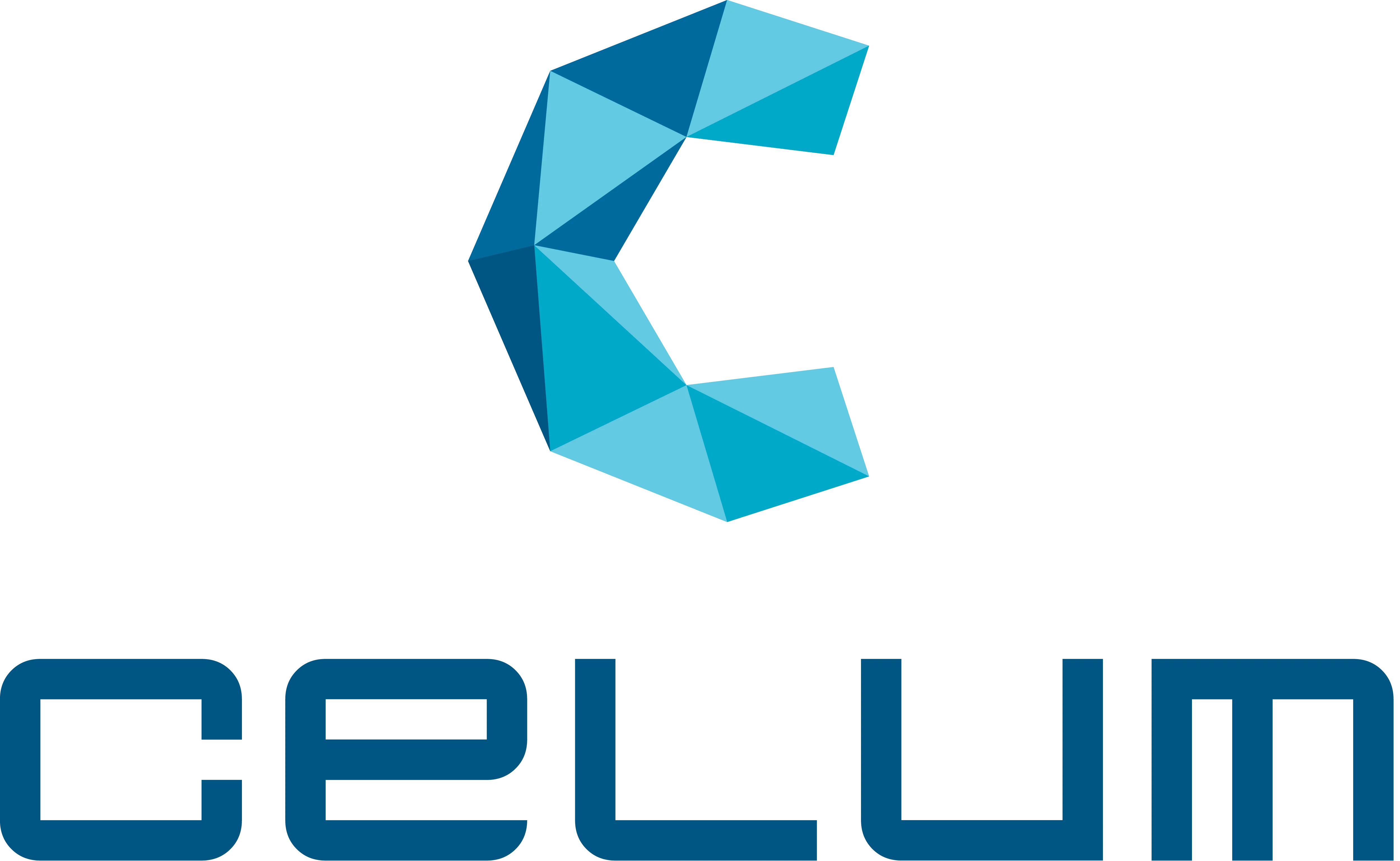Bynder vs CELUM
Comprehensive side-by-side comparison of Bynder vs CELUM including features, integrations, customer segments, supported platforms, pros & cons, and company details. Find the best digital asset management (dam) software solution for your business needs.
Product Comparison

Bynder
Streamline Digital Asset Management for Brand Consistency

CELUM
Product Content & Brand Management for Scale
Description
Bynder is a leading cloud-based Digital Asset Management (DAM) solution designed to help organizations efficiently manage, distribute, and optimize their digital content. It serves as a central hub for all brand assets, ensuring consistent bra...
Description
CELUM is a Product Content Management (PCM) and Brand Management software as a service (SaaS) designed for large, product-centric organizations. It streamlines the entire content supply chain – from creation and approval to distribution across...
Videos (6)
Videos (1)
Use Cases
Use Cases
Made For
Made For
Key Features
- Content Management
- Search/Filter
- Asset Library
- Access Controls/Permissions
- Version Control
- CMS Integration
Key Features
- Task Scheduling
- Content Management
- Task Management
- Asset Library
- Access Controls/Permissions
- Document Storage
Industries
- Retail
- Healthcare
- Financial Services
- Manufacturing
- Education
Industries
- Retail
- Consumer Packaged Goods (CPG)
- Manufacturing
- Fashion
- Electronics
Customer Segments
- Small Businesses
- Mid-size Businesses
- Large Enterprises
Customer Segments
- Small Businesses
- Mid-size Businesses
- Large Enterprises
Supported Platforms
- Web
- Mobile
Supported Platforms
- Web
- Mobile
Pros
- Centralized asset management for improved organization and accessibility
- AI-powered features streamline workflows and enhance searchability
- Robust brand guideline management ensures brand consistency
- Dynamic Asset Transformation (DAT) automates asset optimization
- Comprehensive integrations with popular marketing tools
Cons
- Can be expensive for smaller organizations with limited budgets
- Implementation may require significant time and effort for complex setups
Pros
- Centralized Product Information: Provides a single source of truth for all product data, eliminating inconsistencies.
- Streamlined Content Workflow: Automates content creation, approval, and distribution processes, reducing time-to-market.
- Enhanced Brand Consistency: Ensures consistent brand messaging and visual identity across all channels.
- Improved Digital Shelf Performance: Optimizes product content for search and conversion on e-commerce platforms.
Cons
- Potential Complexity: Implementation and configuration may require significant effort for large organizations.
- Integration Challenges: Integrating with legacy systems could present technical hurdles.